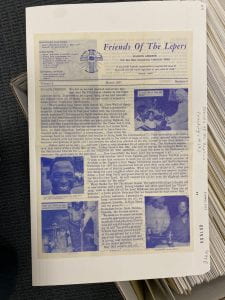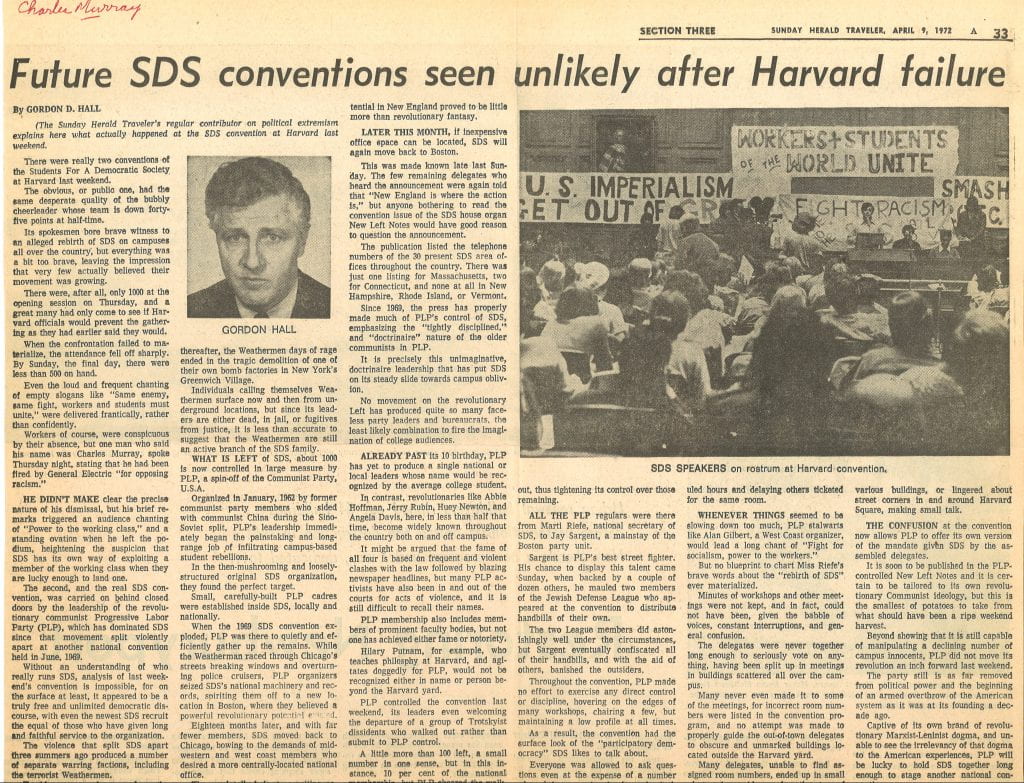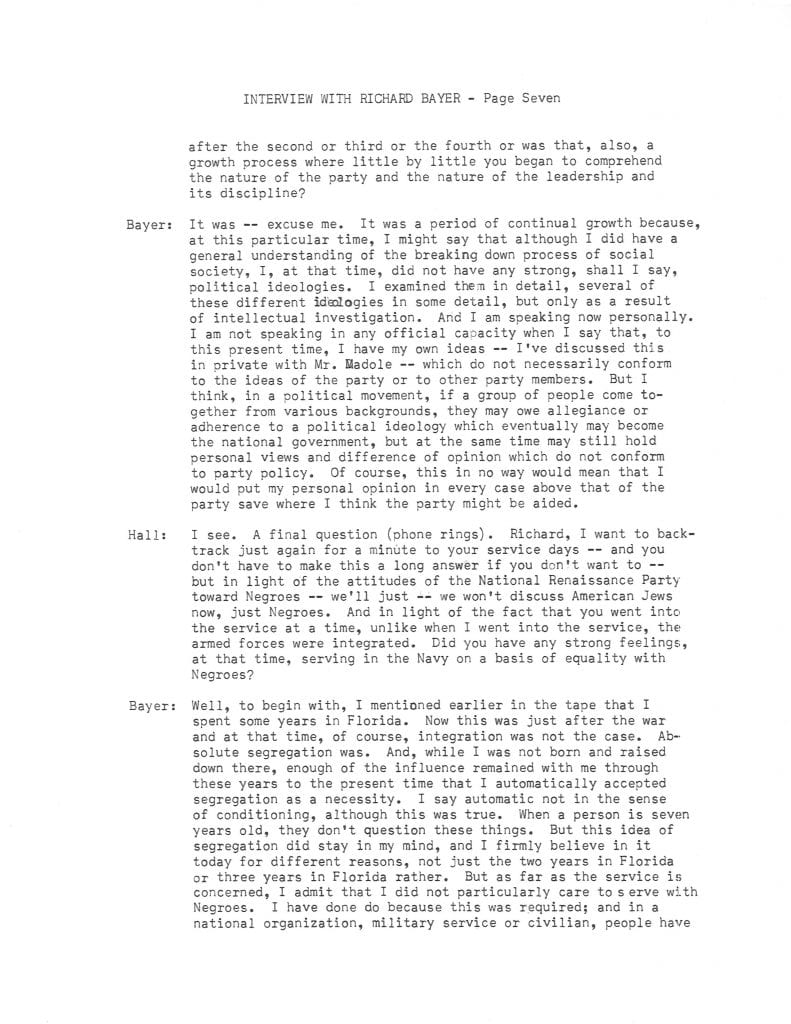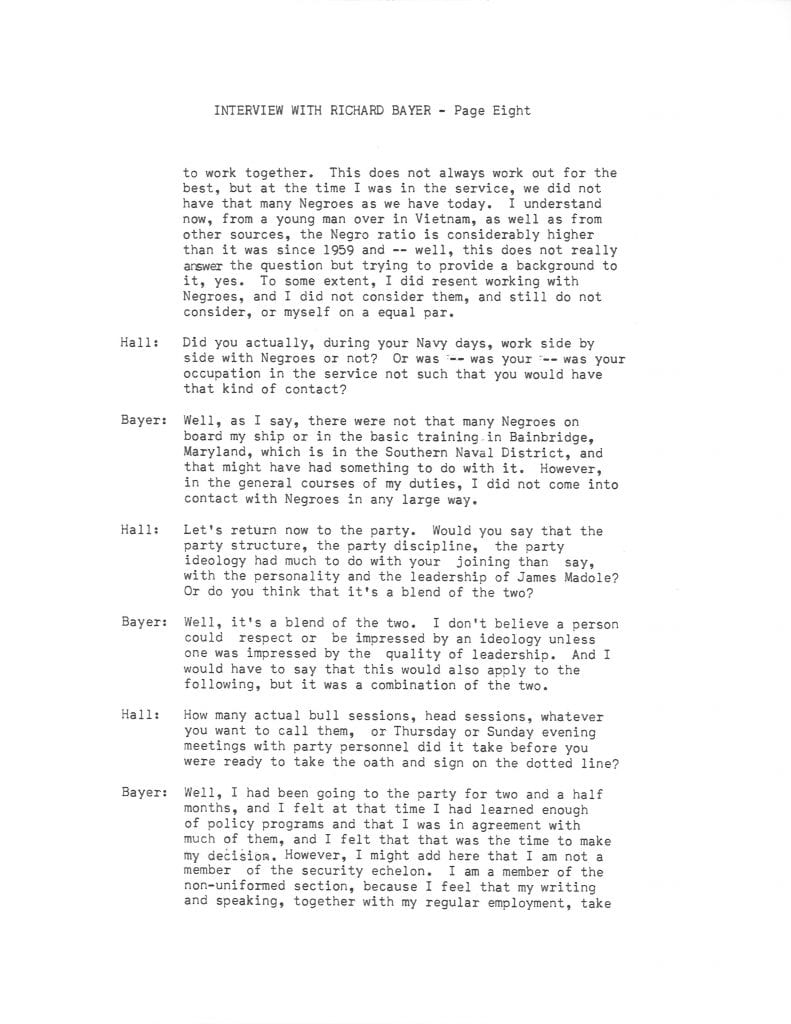One of the things that I find most interesting about this collection are the connections within the materials. For example, this week’s post was to highlight a flyer titled, “Nasty Secretary Liberation Front,” which appeared to be an organization. However, when conducting research to find more background information about the organization, I found that the Nasty Secretary mock leaflet was actually the work of a group called the, “Union of Concerned Commies,” more widely known today as Processed World magazine.
Processed World, as described in the history section of its website, was officially founded in 1981 by a group of dissidents in their early twenties from San Francisco’s Financial District, who were wholly unsatisfied with the notion of climbing the corporate ladder. Choosing to work as temp’s to avoid “business/yuppie professionalism” allowed the group to pursue their own innovative agenda. The group’s mission is best described verbatim from its website: “Thus, from the start, the project’s expressed purpose was twofold: to serve as a contact point and forum for malcontent office workers (and wage-workers in general) and to provide a creative outlet for people whose talents were blocked by what they were doing for money.” [1]
Going further down the research rabbit hole, I discovered that Processed World actually stems from another previously formed group, the Union of Concerned Commies. The UCC was founded in 1979, as a “left-libertarian intervention into the anti-nuclear movement.”[2] The group utilized attention-grabbing tactics, such as cartoons, clever t-shirt slogans, and clever flyers. The UCC eventually took on more of a “theatrical” protesting-style, satirical in nature. For example, the group would re-word lyrics to patriotic and armed forces songs, and would attend anti-war and anti-nuke rallies performing in an egregious manner.

An example of Union of Concerned Commies propaganda [3]
The UCC’s aim and mission became lost for some members, and many of its constituents left the group or went in a different direction. A few of the former UCC populace already had a vision for continuing the spirit of the UCC. Chris Carlsson and Caitlin Manning (two former members of UCC) produced the satirical leaflet
Nasty Secretary Liberation Front. One side was titled “Inner-Voice,” (an obvious play on an “invoice”) and on the other, “Rebellion Behind the Typewriter,” an essay exhibiting the lack of collective action in the secretarial field.


Nasty Secretary Liberation Front was an example of what was to follow in the magazine Processed World (PW), founded in 1981. [4] PW’s aim was to act as a community publication, uniting like-minded individuals against the monotony of professional society and to encourage critical thinking and artistic exploration.

The last known issue was printed in 2005. Please feel free to peruse their website here: Processed World . I wasn’t disappointed, and I don’t think the reader will be either.
[1] http://www.processedworld.com/History/history.html
[2] http://foundsf.org/index.php?title=Union_of_Concerned_Commies_1979-1980,_agit-prop_theater_and_flyers
[3]http://foundsf.org/index.php?title=Union_of_Concerned_Commies_Crisis_and_its_uses
[4] https://en.wikipedia.org/wiki/Processed_World_(magazine)




























